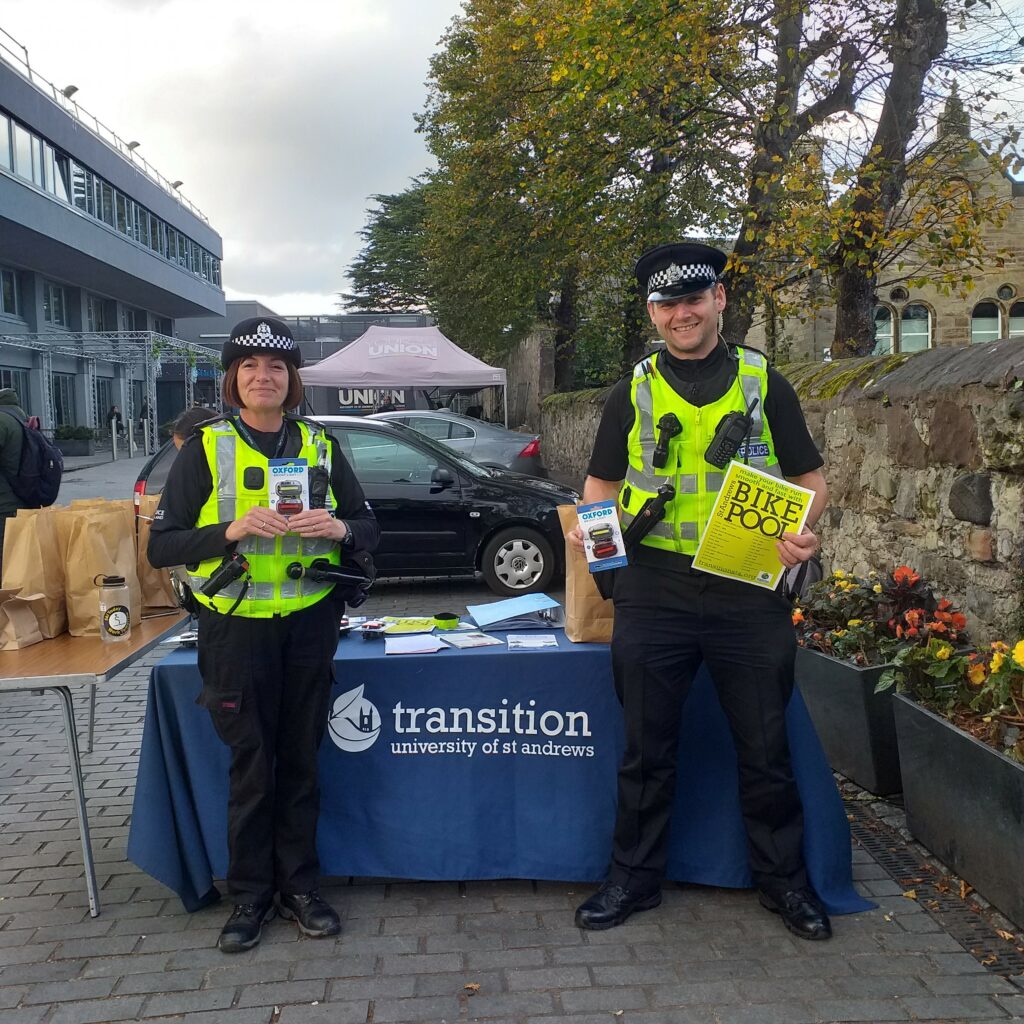Winter is coming, and that means its dark, pretty much all the time. For road users Winter presents a whole new range of potential hazards, and for cyclists, the most important part of being safe on the road is being seen.
The best, and most fashionable way of being seen is using bike lights. A study discussed by Cycling Tips always stated that the use of lights, day, or night, resulted in a “47% reduction in the likelihood of injury-causing accidents involving more than one party”. Not only is this the easiest way to be seen on the road, but everyone is also required by law in the UK to use a front white light and rear red light. Being spotted without these lights turned on between sunset and sunrise could risk a hefty fine. The law also requires lights as soon as it starts to get dark, not just in complete darkness.
While lights are fundamental to being vaguely noticeable on the road, there are other steps that can be taken to be seen!
- Fluorescents are excellent in the daytime, but not so much at night. The material is very bright in sunlight. However, at night streetlights don’t reflect the material very well, so even if you have a big fluorescent vest on, you still need lights and reflectors to be seen!
- Try to draw attention to areas in motion. Humans are trained to recognise other humans through their movements. It is much harder for the brain to register, recognise and react to a cyclist than it is a pedestrian, due to the alien movement. To bring attention to yourself, make the parts of you that are in motion i.e., your legs and wheels the most visible. There are lots of reflective slap bands, leg straps, and socks on the market that will help drivers to recognise a moving object. You can also jazz up your bike with illuminous spokes on the wheels that ensure you can be seen side on!
- Lights are for the daytime too. Most accidents will occur in the daytime, so it is just as important to be seen. The most effective way of using them is to have a flashing light on in the day and still light at night.
Being seen is not only about the gear, try to be seen on the road through your positions as well. Cycling UK provides these recommendations to being seen and safe on the road, particularly at junctions:
- Don’t rely on being seen by drivers.
- Be proactive – use assertive signals, make eye contact, and change road positions to where you are most visible.
- Cover our brakes when approaching junctions so you can react quickly.
- Create as much space as possible between you and other emerging vehicles.
The most important part of road safety is riding where you can be seen. Don’t hug the curb as drivers will use this as an incentive to not give you enough space while taking over. All drivers must get at least two wheels over the middle line in the road while taking over a cyclist. When coming up to and passing junctions, if there is space, come further into the middle of the road, where you are more likely to see emerging hazards, the emerging driver is more likely to see you, and you have more time and distance to react and get out of the way.
Transition is working towards making cycling safer for everyone in St Andrews, as the safer cycling is, the more people will cycle! Everyone can do their bit to make St Andrews’ roads cycling friendly by making our environment as safe as possible.


